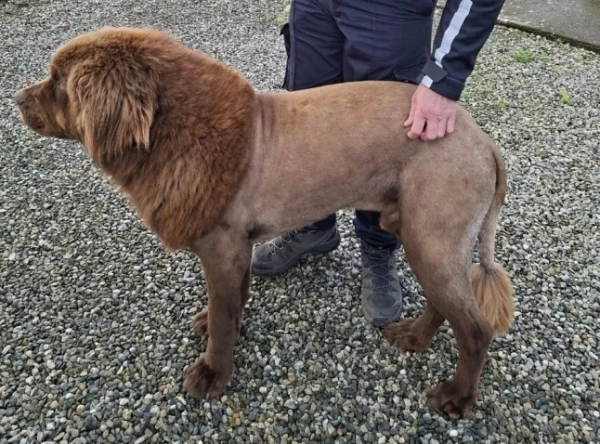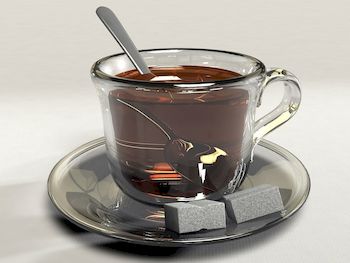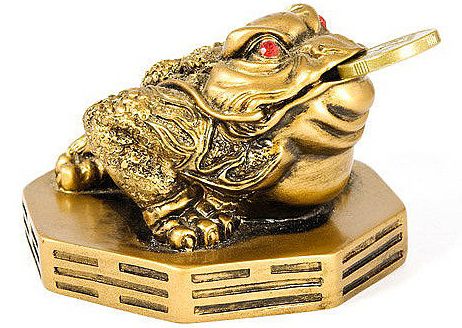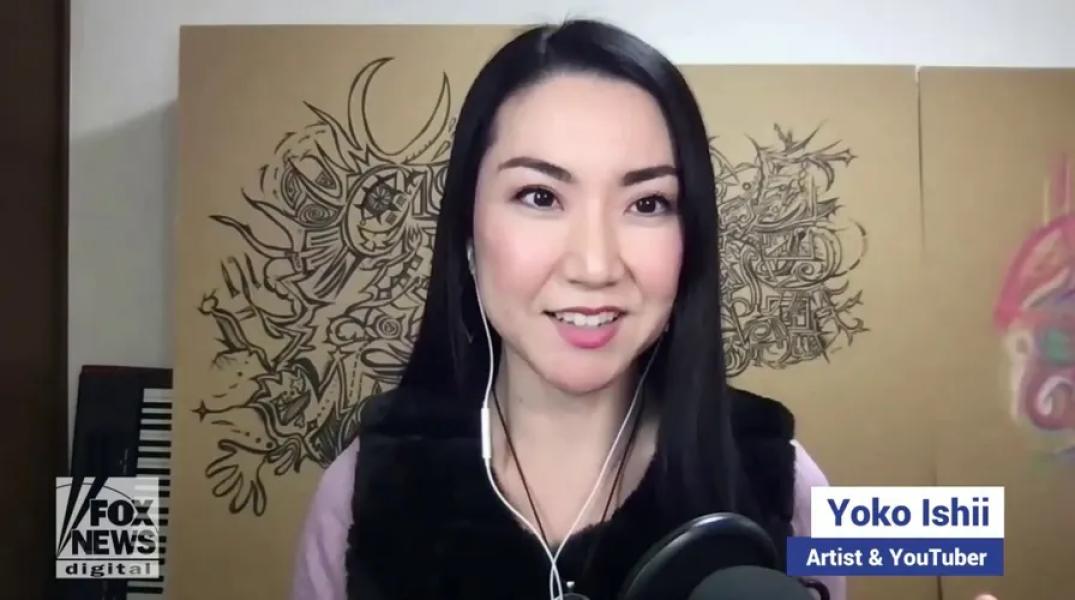
Vlogger Yoko Ishii shares why Japan is considered one of the healthiest countries on the planet.
Japanese artist and YouTuber Yoko Ishii tells Fox News Digital about the aspects of the Japanese lifestyle that contribute to low obesity rates.
Researchers are confident they have solved the mystery of the mummified “rainbow dragon” that has been kept in a Japanese treasury for centuries.
According to Pen News, the “dragon” was hidden in the Shosoin Treasury in the historic Japanese city of Nara. The remains were reportedly discovered by Yoshinori Ashikaga, a 15th-century shogun, in 1429.
Legend has it that Ashikaga cut off a piece of Ranjatai, a unique and valuable piece of agarwood, when the skeleton was found. The shogun was visiting the Todai-ji temple in Nara at the time.
Shortly after, a monk at the temple claimed to have spotted “something in the shape of a small dragon” drying in the sun. Ashikaga took the skeleton and preserved it.
But was the skeleton really a dragon? Researchers say it wasn't.
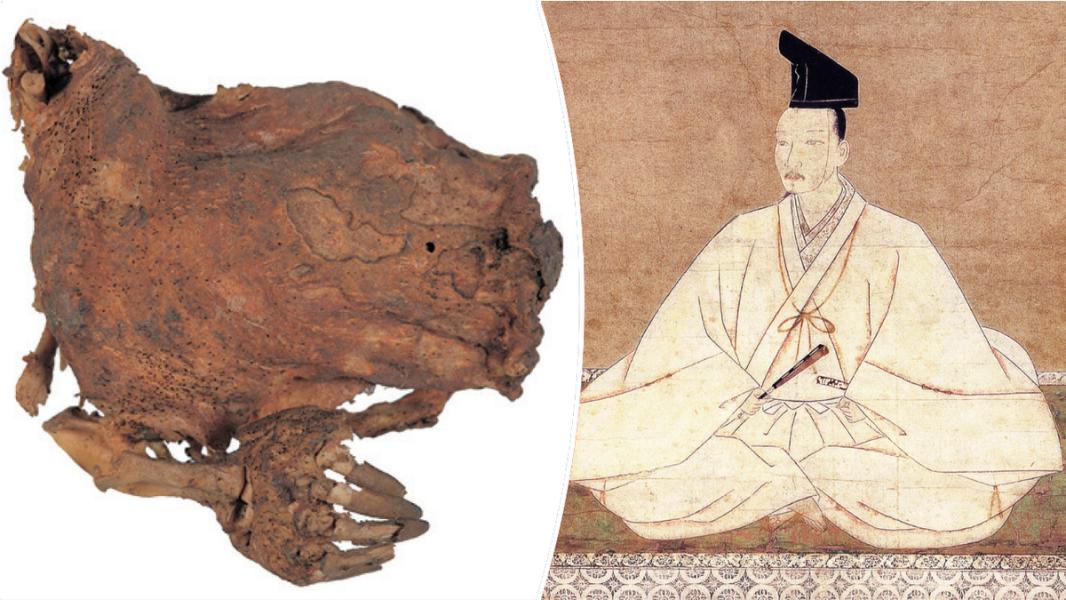
Legend has it that the “dragon” was discovered by Yoshinori Ashikaga, a 15th-century shogun, in 1429. (Shosoin Treasury via Pen News)
A recent study revealed that the “dragon” was actually a female Japanese marten.
This furry, weasel-like animal lives in central and southern Japan.
“Two premolars are clearly visible, a feature that indicates that this is a species of the genus Martes,” the study states.
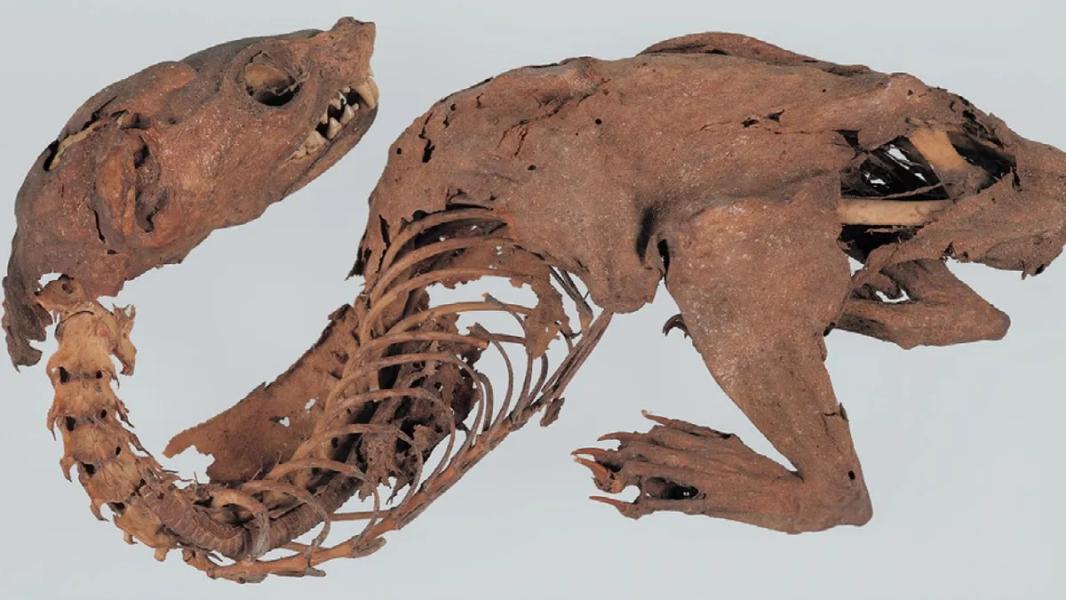
Researchers used modern techniques, including X-ray analysis, to determine the type of skeleton. (Shosoin Treasure House via Pen News)

Researchers have determined that the marten dates back to the 11th or 12th century. (Shosoin Treasure House via Pen News)
Using X-ray technology and radiocarbon dating, the researchers determined that the marten dates back to the 11th or 12th centuries.
According to Pen News, Todai-ji Temple was undergoing extensive restoration work at the time. Experts believe the animal entered the building and became trapped before dying and being mummified.
The images show that the marten has no front legs, giving it the appearance of a dragon.
Legend has it that every time the skeleton vault was opened, rain fell on the treasure trove, and during the research, scientists had to cope with heavy rainfalls that made travel from Tokyo to Nara difficult.

The skeleton was found at Todai-ji Temple in Nara in 1429. (Getty Images)
Mami Tsuru, a conservationist at the Shosoin Treasury, told Pen News that she was confident that the skeleton was the one described by the Todai-ji monk.
“The age determination has significantly increased the likelihood that the mummy is the sun-dried dragon-like object mentioned in the Muromachi period document,” the expert said.
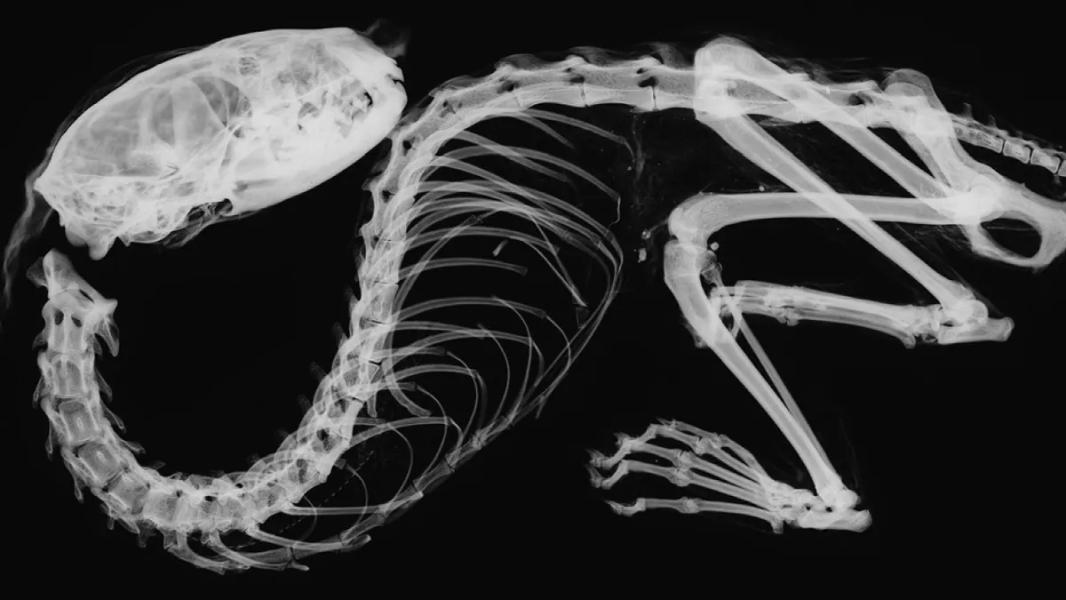
A mummified Japanese marten was mistaken for a dragon due to its missing front legs. (Shosoin Treasure House via Pen News)
Tsuru added: “We believe this is a shining example of how Shosoin has protected not only the remarkable exhibits but all the objects inside the vault.”
Sourse: www.foxnews.com



